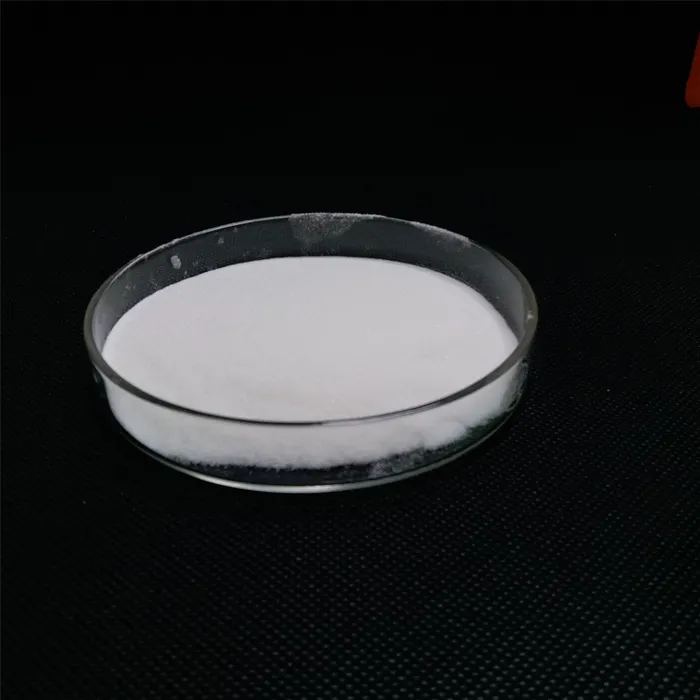Chemicals Used in Treating Water
Water is an essential resource for all forms of life on Earth, and its quality directly impacts public health and environmental sustainability. To ensure that water is safe for consumption and use, various chemicals are employed in the water treatment process. These chemicals play critical roles in disinfection, coagulation, flocculation, and pH adjustment, among other functions. This article will explore the most commonly used chemicals in water treatment, their purposes, and their impact on water quality.
Coagulants
One of the primary processes in water treatment is coagulation, which involves the addition of coagulants to destabilize colloidal particles in water. The most commonly used coagulant is aluminum sulfate (alum). When alum is added to water, it reacts with impurities, causing them to clump together into larger particles called flocs, which can then be easily removed through sedimentation or filtration. Other coagulants include ferric chloride and polyaluminum chloride, which are also effective in removing suspended solids and impurities.
Disinfectants
To eliminate harmful pathogens in water, disinfection is a crucial step. Chlorine is the most widely used disinfectant due to its effectiveness and low cost. It kills a broad spectrum of microorganisms, including bacteria, viruses, and protozoa. However, chlorine can react with organic matter in water to form disinfection byproducts (DBPs), some of which are harmful. To minimize these risks, water treatment plants may also use chloramine, a compound formed when ammonia is added to chlorine, as it produces fewer DBPs and has a more prolonged disinfectant effect.
Another popular disinfectant is ozone, a powerful oxidizing agent that can effectively kill microorganisms. Ozone treatment does not produce DBPs; however, it does require special equipment due to its unstable nature. Ultraviolet (UV) light is also used as a disinfection method, effectively inactivating pathogens without the use of chemicals. Each of these methods has its advantages and disadvantages, often leading treatment plants to employ a combination of them for optimal results.
pH Adjustment Chemicals
chemicals used in treating water

The pH level of water is crucial for both the effectiveness of disinfection processes and the stability of the distribution system. If the pH is too low (acidic), it can lead to corrosion of pipes, while a high pH (alkaline) can reduce the effectiveness of disinfectants. To control pH levels, water treatment facilities often use acids, such as sulfuric acid (H₂SO₄) or hydrochloric acid (HCl), to lower pH, and bases like sodium hydroxide (NaOH) to raise it. Proper pH adjustment helps ensure that water remains safe and stable during distribution.
Flocculants
After coagulation, flocculants are often added to facilitate the aggregation of flocs formed during the coagulation process. Polymers such as polyacrylamide are commonly used as flocculants. These organic compounds enhance the bonding between particles, making it easier for them to settle during sedimentation or be removed during filtration. Efficient flocculation can significantly improve the clarity of treated water, reducing turbidity.
Algaecides and Other Additives
In addition to the main treatment chemicals, algaecides, such as copper sulfate, are sometimes used to control algae growth in water bodies. Excessive algae can lead to taste and odor problems and can even produce toxins that are harmful to health. Additionally, phosphate removers might be employed in situations where nutrient pollution is a concern, as excessive phosphorus can trigger algal blooms.
Conclusion
Water treatment is a complex process that relies on various chemicals to ensure that drinking water meets safety standards. From coagulants and disinfectants to pH adjusters and flocculants, each chemical has a specific role in enhancing the quality of the water. Water treatment facilities must continuously monitor and adjust these chemical applications to optimize treatment efficiency while minimizing potential health risks. As we strive to protect our water resources, understanding the chemicals used in water treatment is vital for ensuring safe and clean water for future generations.

